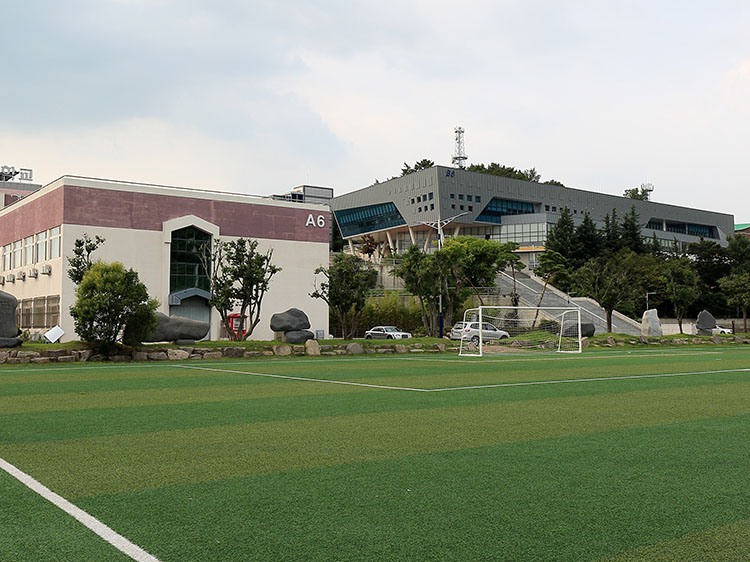
Schools and universities across the country are increasingly turning to synthetic lawns as a more sustainable, cost-effective, and versatile alternative to traditional grass. Synthetic lawns require significantly less maintenance than natural grass, saving schools and universities time and money. Furthermore, synthetic lawns are more durable than their traditional counterparts, making them ideal for high-traffic areas. In addition to offering environmental and financial benefits, synthetic lawns also provide a variety of other advantages. In this blog post, we’ll explore the benefits you get when you install synthetic grass in in Seattle in schools and universities, and how they can help improve student health, safety, and learning outcomes. From cost savings to improved safety and resiliency, synthetic lawns offer many advantages for institutions of all sizes. We’ll also look at some of the challenges and considerations to keep in mind when making the switch to synthetic turf. By the end of this post, you’ll have a better understanding of the benefits of installing
-
Reduced water usage
One of the most significant benefits of artificial grass experts in Seattle in schools and universities is the reduced water usage. Synthetic lawns require no watering, unlike natural grass. This means that schools and universities can save money on their water bills and free up staff to focus on other areas of the school or university. Synthetic lawns also require no fertilizers or pesticides, which can create environmental hazards and damage natural ecosystems. Installing synthetic lawns in schools and universities is an excellent way to reduce water consumption and help protect the environment.
-
Increased safety for students
Installing synthetic lawns in schools and universities offers an increased safety level for students. Synthetic turf is designed to reduce the risk of injuries due to falls or slips. It also prevents the build-up of dangerous dust and debris, which can cause asthma, allergies, and other respiratory illnesses. Synthetic turf is also a great option for sporting activities since it can withstand heavy use, and it eliminates the need for mowing that can create a potential health hazard with flying grass clippings.
-
Minimized yard maintenance
One of the biggest benefits of installing synthetic lawns in schools and universities is minimized yard maintenance. Natural grass requires a great deal of care, including mowing, fertilizing, aerating, and weed control. With a synthetic lawn, all of these things become a thing of the past. Not only does this cut down on the amount of time and money spent on lawn care, but it also helps reduce the amount of pollution associated with fossil fuel-powered lawn care equipment. The reduced maintenance also means the lawn will look great year-round, no matter the season.
-
Minimal environmental impact
One of the most attractive benefits of installing synthetic lawns in schools and universities is their minimal environmental impact. Artificial turf for pets in Seattle do not require any fertilizers, pesticides, or other chemicals to remain green and healthy-looking, meaning that they are a much better option for the environment than natural lawns. In addition, synthetic lawns do not need to be watered, saving valuable resources. Finally, synthetic lawns can last up to 15 years with minimal maintenance, meaning that schools and universities do not create unnecessary waste as they replace them.
-
Improved overall appearance of campus grounds
One of the most significant benefits of installing synthetic lawns in schools and universities is the improved overall appearance of the campus grounds. Synthetic lawns are incredibly low-maintenance and free of weeds, patches, and brown spots that can detract from the overall look of the campus. They also remain green, lush, and inviting all year round, no matter the weather. Students and faculty can also enjoy the soft feel of the synthetic lawns, as it is made of a durable yet comfortable material that is free of any sharp objects that may cause harm. This feature also makes it suitable for playing games and other activities.
In conclusion, when you install synthetic grass in in Seattle in schools and universities is a great way to reduce maintenance costs, improve safety and security, and create a more enjoyable outdoor environment for students and staff. The installation process is relatively easy and the long-term benefits are well worth the initial investment. Synthetic lawns are also a great way to show students that the school values environmental sustainability and is doing its part to make sure its students have access to a safe and healthy learning environment.
